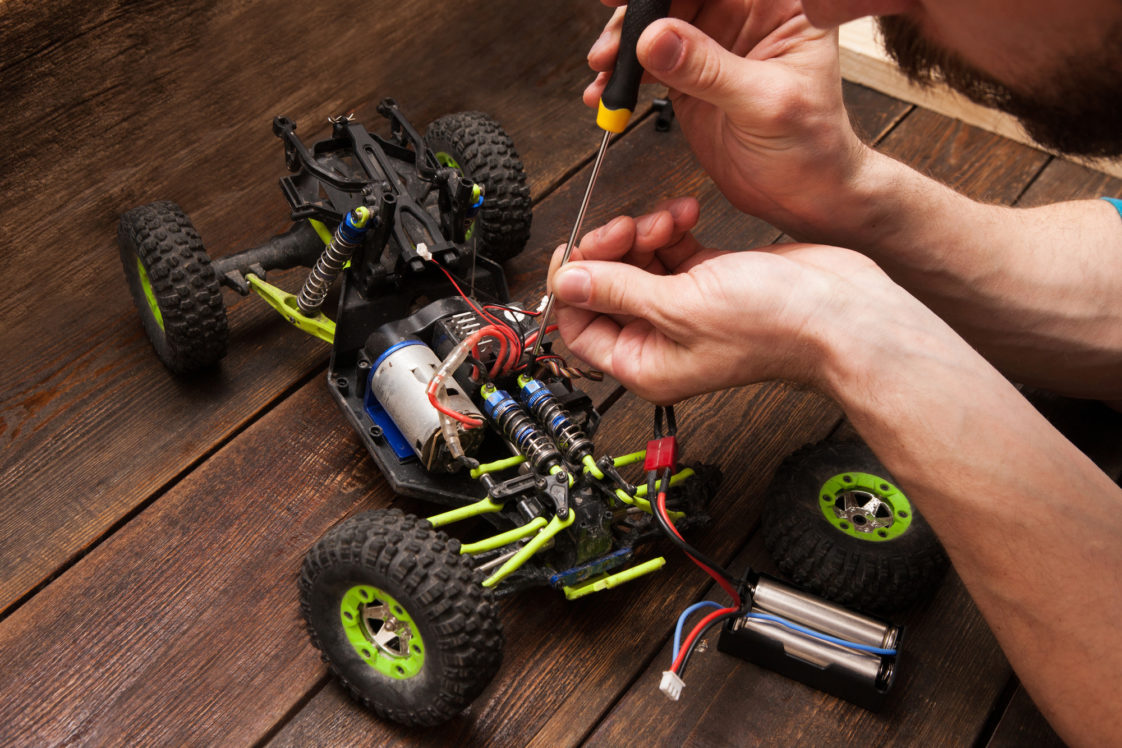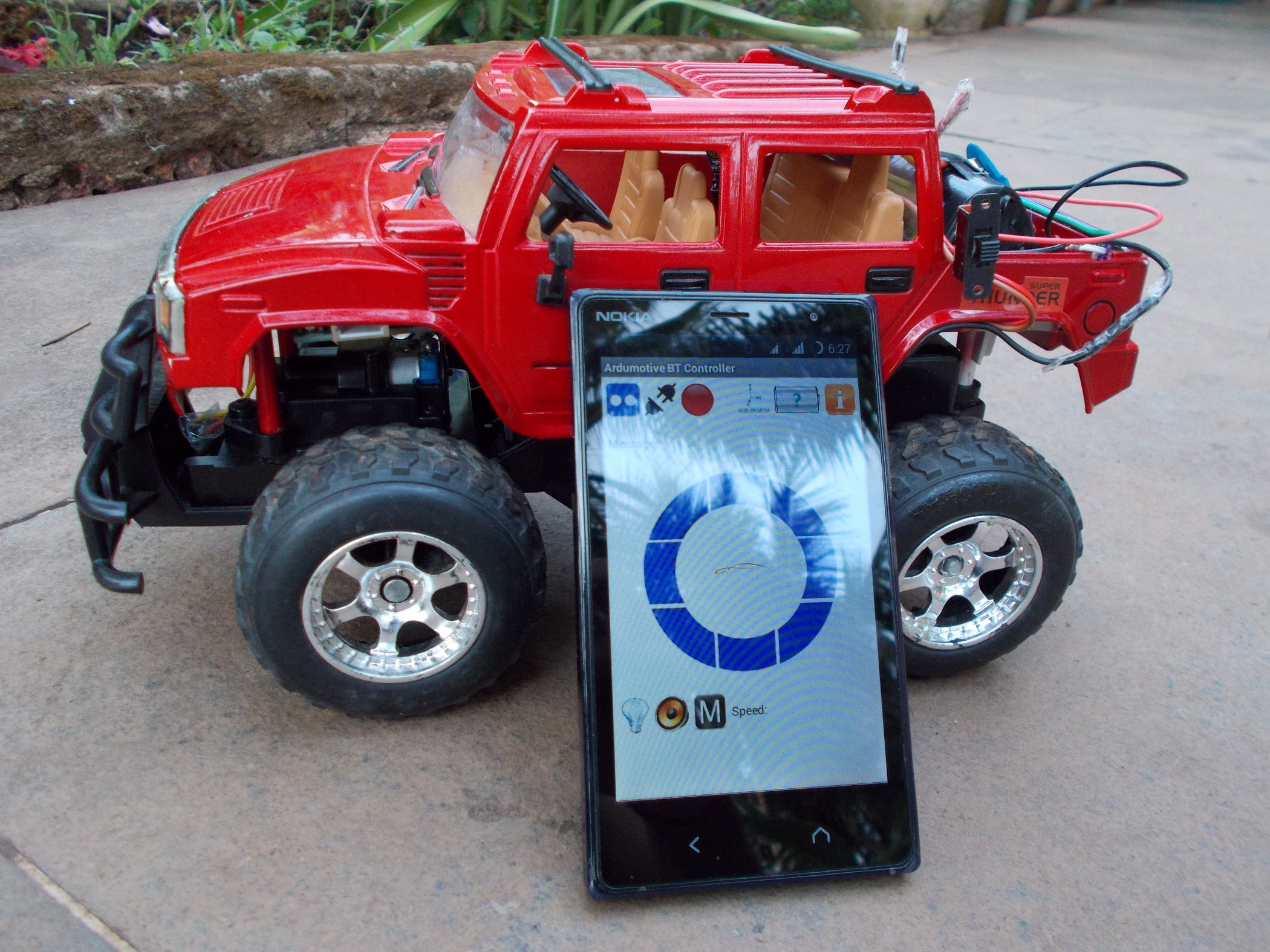Are you ready to dive into the exciting world of remote-controlled vehicles? Building your own RC car at home can be an incredibly fun and rewarding project. Whether you’re looking for a weekend DIY challenge or a way to bond with family and friends, constructing an RC car allows you to unleash your creativity and learn some handy skills along the way. Plus, you get the satisfaction of watching something you built zoom around! In this guide, we’ll walk you through the steps and materials you’ll need to create your very own RC car. Let’s get started!
Materials Needed

To build your RC car, gathering the right materials is essential. Below is a list of everything you’ll need, along with some tips on where to find them:
- Chassis: This is the main frame of your RC car. You can make one out of lightweight materials like plastic or wood, or purchase a pre-made chassis from a hobby store.
- Wheels and Tires: Four wheels will be needed for movement. Off-road wheels work great for rugged terrains, while smooth tires are perfect for flat surfaces.
- Motor: A small electric motor will power your vehicle. Brushless motors are popular for their efficiency and speed, while brushed motors are cheaper and easier to handle.
- Battery: A rechargeable battery will provide the power. LiPo batteries are a solid choice due to their high energy density, but make sure you have a compatible charger!
- Receiver and Controller: The receiver helps your car receive signals from the remote controller. Get a transmitter/receiver combo for ease of use.
- Connecting Wires: You’ll need wires to connect the motor, battery, and receiver. Keep them relatively thin for easy handling.
- Electronics (optional): Think about adding features like LED lights or sensors for extra fun!
- Tools: Don’t forget basic tools like a screwdriver, soldering iron (if necessary), and wire cutters. Having a workbench set up will make the process smoother.
Once you gather all these materials, you're one step closer to building your very own RC car. Happy building!
Step-by-Step Instructions

Building your own RC car can be an incredibly rewarding experience! It may sound daunting at first, but with a clear plan, you’ll be zooming around in no time. Here’s a simple step-by-step guide to help you through the process:
- Gather Your Materials: Before you start, make sure you have everything you need. Here’s a quick list of essential items:
- Chassis (you can buy one or make your own from wood or plastic)
- Wheels and tires
- A motor (brushless or brushed, depending on your preference)
- Electronic speed controller (ESC)
- Radio receiver and transmitter
- Batteries (LiPo is popular for better performance)
- Wires and connectors
- Tools (like a screwdriver, pliers, and wire cutter)
Once you've completed these steps, you’ll have a functioning RC car ready for some fun!
Tips for Customization

Once you've built your RC car, you may find that the best part is making it truly your own. Customization options are nearly endless and can enhance both the performance and appearance of your vehicle. Here are some handy tips to help you customize your RC car:
- Paint and Aesthetics: Grab some spray paint or model paint and give your RC car a fresh coat. You could also add stickers, decals, or custom designs that reflect your style.
- Upgrade Your Components: Consider upgrading your motor or ESC for better speed and handling. High-performance parts can significantly change how your car drives.
- Experiment with Tires: Different terrains require different tires. Consider using off-road tires if you plan on taking your RC car outdoors or racing tires for smoother pavements.
- Add Lights: LED lights can add a fun dimension to your car, especially for night races. Plus, they look great!
- Weight Adjustments: Experiment with adding or removing weight. Proper weight distribution can greatly affect how your car handles corners and speeds.
Customization is about having fun and expressing your personality, so don’t hesitate to experiment. Dive into the process, and who knows? You might just create the RC car of your dreams!
Common Troubleshooting Issues
Building an RC car can be incredibly rewarding, but like any DIY project, you might run into a few bumps along the way. Here’s a list of some common troubleshooting issues you might encounter and how to tackle them:
- No Power: If your RC car doesn’t power on, first check your battery. Make sure it’s charged and connected properly. If the battery is good, inspect the wiring for any loose connections or breaks.
- Intermittent Control: If your car behaves erratically or responds only sporadically, the issue may lie with the remote control or receiver. Check for interference from other devices, or consider replacing the batteries in your remote.
- Slow Speed: If your car isn't reaching the intended speed, test the motor by running it outside the car. If it seems to be functioning correctly, check for excess weight or resistance in the wheels.
- Steering Issues: If your car moves to one side without steering input, recalibrate your remote or adjust the trim settings. Also, ensure the steering linkage isn't binding up.
- Overheating: If your motor gets too hot, it could be working too hard. This could be due to resistance in the wheels, too high a gear ratio, or a faulty motor. Consider inspecting the motor and ensuring everything is lubricated properly.
By tackling these issues one step at a time, you can get your RC car back in top form and ready to race! Remember, the key to successful troubleshooting is patience and persistence.
Conclusion
Building your own RC car at home can be an exciting journey filled with learning and creativity. Whether you’re a seasoned hobbyist or just starting out, following the right steps can make the process much smoother.
By gathering the right materials, meticulously following assembly instructions, and paying attention to detail, you will not only create a functional RC car but also gain a deeper understanding of how these marvelous machines operate. Plus, troubleshooting common issues will make you a more skilled builder, preparing you for future projects.
In wrapping up, remember that the joy of this hobby lies not just in remote control racing but also in the challenges and triumphs that come along with it. Embrace the ups and downs, seek help from online communities when needed, and most importantly, have fun!
Now, gather your tools, roll up those sleeves, and let the adventures of building your own RC car begin!










